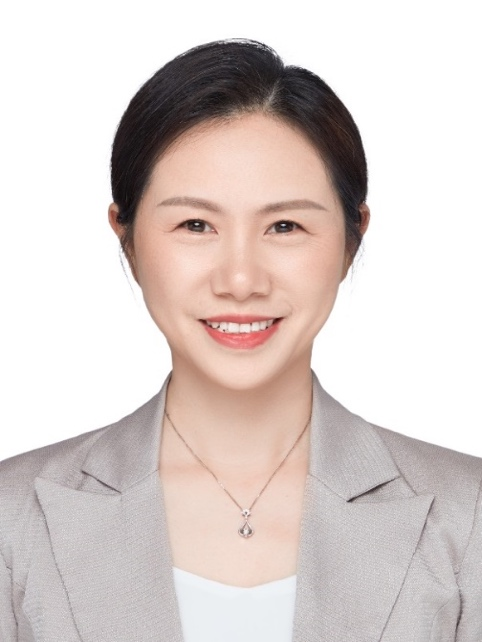An Analysis of the Theory and Treatment of Insomnia in Wu Cheng’s Bu Ju Ji
Abstract
This paper conducts an in-depth analysis of the theory and methods for differentiating and treating insomnia in Bu Ju Ji by Wu Cheng, a physician of the Qing Dynasty. By systematically sorting out the origin of Wu Cheng’s academic thoughts, this study explores his unique perspective on differentiating and treating insomnia, analyzes the compatibility rules of his core formulas and herbs, and reveals the characteristics of his medication use as well as its guiding value for later clinical practice. Research shows that Wu Cheng integrated the principles of the I Ching (Book of Changes) with medical theories to construct a theoretical system for consumptive diseases. In the differentiation and treatment of insomnia, he emphasized the dynamic balance of zang-fu organs, Qi, blood, Yin and Yang, with special attention to the impact of spleen-Yin deficiency on insomnia. He thus formed distinctive academic features, including treating both deficiency and excess, taking into account both Qi and blood, and regulating the spleen to protect the body’s defense system. In terms of medication, he was skilled in using herbs that are sweet and warm in nature for tonification, harmonizing Qi and blood, and invigorating the spleen to nourish Yin. These insights hold significant reference value for modern TCM (Traditional Chinese Medicine) in the treatment of insomnia.
References
Wu C, 2017, Buju Ji (Volume 1), Beijing: Traditional Chinese Medicine Ancient Books Press: 404–411.
Wang J, 2016, Study on the Xin’an Medical School, Beijing: People’s Medical Publishing House: 111.
Yao H, Zhang H, Guo J, et al., 2017, Characteristics of Xin’an Physician Wu Cheng “Jietuo” and “Butuo” Methods in Treating Consumptive Diseases Based on Buju Ji. Journal of Gansu University of Chinese Medicine, 34(2): 48–49.
Li H, Sun Y, Fu S, 2019, A Brief Analysis of Wu Cheng’s Characteristics in Differentiating and Treating Insomnia in Buju Ji. World Latest Medicine Information, 19(59): 267–268.
Liu S, Huang H, 2023, A Brief Analysis of the Three Methods for Treating Phlegm by Xin’an Physician Wu Cheng Based on Buju Ji. Jiangxi Journal of Traditional Chinese Medicine, 54(490): 13–15.
Chang Y, Huang H, 2021, Exploration of Wu Cheng’s Characteristics in Differentiating and Treating Heat Syndromes in Buju Ji Based on the Analogy of Hexagrams. Chinese Journal of Ethnomedicine and Ethnopharmacy, 30(23): 26–28.
Yang D, 2019, On Wu Cheng’s Refutation of the Improper Use of “Nourishing Yin and Reducing Fire” Method by Other Physicians in Treating Consumptive Diseases in Buju Ji. Journal of Anhui University of Chinese Medicine, 38(1): 11–13.
Li H, Sun Y, Fu S, et al., 2019, Exploration of the Thought of “Regulating Spleen Yin” Based on Buju Ji by Xin’an Physician Wu Cheng. Journal of Shaanxi University of Chinese Medicine, 42(6): 45–47.
Liu D, Wang X, 2021, National TCM Master Zhang Qi’s Differentiation and Treatment of Insomnia from Blood Stasis. China Journal of Chinese Materia Medica, 36(272): 106–109.
Wang J, Wang T, 2019, Medication Characteristics of “Regulating Spleen Yin” Method in Buju Ji by Wu Cheng in the Qing Dynasty. Journal of Shaanxi University of Chinese Medicine, 42(2): 20–22.
Yang C, Cheng H, 2021, A Brief Analysis of Wu Cheng’s Thought of “Regulating Spleen Yin” in Buju Ji. Chinese Journal of Folk Therapy, 29(17): 21–22.


